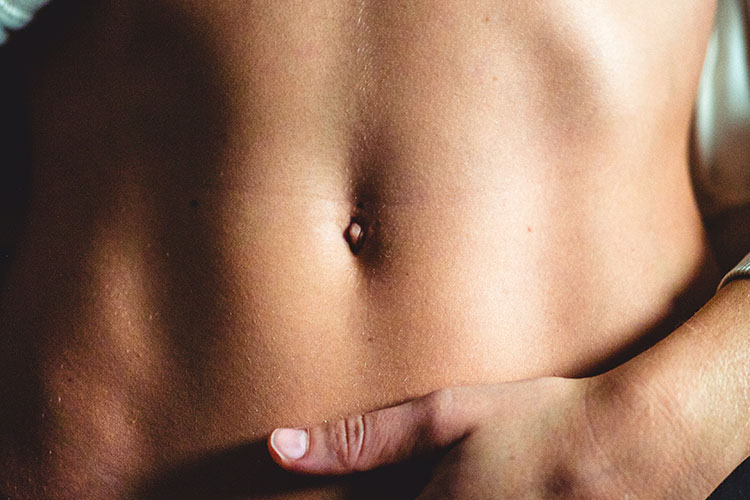The most powerful antioxidant of our time
Chaga is considered the strongest and most potent of all medicinal mushrooms. As an elixir of life and remedy, it is one of the leading weapons against the diseases of civilisation, but also one of the most natural mood enhancers and performance optimisers on our planet.
Some people have now had positive experiences and learnt about the effects of chaga, such as the Nobel Prize winner for literature Alexander Solzhenitsyn. The writer successfully treated his cancer with the power of the chaga mushroom.
However, not every chaga has healing properties or is potent enough to be used. The mushroom should be selected and processed according to strict criteria.
Chaga thrives best in circumpolar climates. The fruiting body loves the icy cold, because only there can it develop its vital substances to their full extent.

Here are the most important quality criteria:
- Origin The best Chaga comes from the icy cold regions of the northern hemisphere, such as Siberia. The mushroom only produces its unique vital substances in icy temperatures in order to protect itself against the extreme cold. Wild Chaga has to survive in a harsh environment at temperatures as low as -40 degrees. Few organisms can withstand such low temperatures. To protect itself, it produces substances that allow it to survive for many years. The cold climate is an essential prerequisite for the formation of these substances. However, good mushrooms also come from Scandinavian countries or the Baltic states. However, it is not as cold there, which means that the mushroom can develop its ingredients to a much lesser extent.
- Growing height Mushrooms that grow too close to the ground draw too much water from the soil. The concentration of important substances from the birch is significantly inhibited.
- Age It normally takes between 5 and, in the best case, 20 years to form the necessary mixture of vital substances in high doses and to protect itself against the cold.
- Harvest It is best to remove the chaga by hand, which can take some time, but it is easier to separate it from the birch.
- Age Only a healthy tree of vigorous age, not too young and not too old, is able to defend itself against the fungus. This is a natural process. There are also different types of birch. Some birch trees provide the Chaga mushroom with less valuable ingredients. Such birch trees are unfortunately more common.
- Drying After harvesting, the Chaga mushroom can be gently dried until it has a maximum residual moisture content of 14-15 %. Proper drying is extremely important to protect the mushroom from mould infestation. This takes place in special drying chambers.
- Storage The mushroom must be stored in a dry and clean environment. Manual harvesting and careful drying is a prerequisite for guaranteeing impeccable mushroom quality.
- Size Size is not a criterion for the quality of the mushroom. It is often said that larger chunks have more capacity in terms of ingredients.
- Laboratory tests Our chunks are imported whole and regularly tested to ensure that the mushrooms are free from contamination such as heavy metals, radioactive particles or mould. Mould is caused by insufficient drying. This form of quality control is of great importance to us to ensure that all fruiting bodies have an equally high content of essential nutrients.




